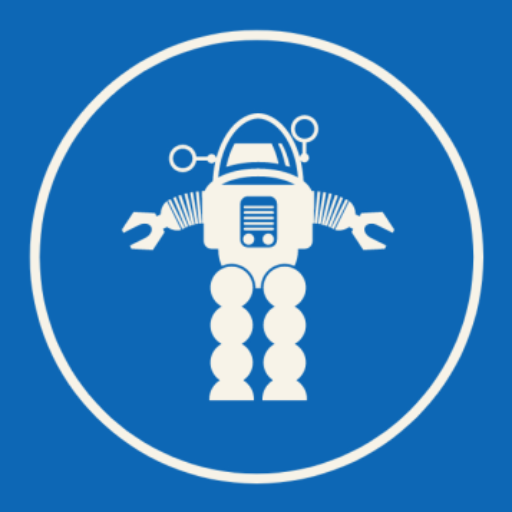Similar Posts
Latest from MIT Tech Review – A watermark for chatbots can spot text written by an AI
Hidden patterns buried in AI-generated texts could help identify them as such, allowing us to tell whether the words we’re reading are written by a human or not. These “watermarks” are invisible to the human eye but let computers detect that the text probably comes from an AI system. If embedded in large language models,…
UC Berkeley – Scaling Up Reinforcement Learning for Traffic Smoothing: A 100-AV Highway Deployment
Training Diffusion Models with Reinforcement Learning We deployed 100 reinforcement learning (RL)-controlled cars into rush-hour highway traffic to smooth congestion and reduce fuel consumption for everyone. Our goal is to tackle “stop-and-go” waves, those frustrating slowdowns and speedups that usually have no clear cause but lead to congestion and significant energy waste. To train efficient…
Latest from MIT : Using sound to model the world
Imagine the booming chords from a pipe organ echoing through the cavernous sanctuary of a massive, stone cathedral. The sound a cathedral-goer will hear is affected by many factors, including the location of the organ, where the listener is standing, whether any columns, pews, or other obstacles stand between them, what the walls are made…
Latest from MIT : Accelerating particle size distribution estimation
The pharmaceutical manufacturing industry has long struggled with the issue of monitoring the characteristics of a drying mixture, a critical step in producing medication and chemical compounds. At present, there are two noninvasive characterization approaches that are typically used: A sample is either imaged and individual particles are counted, or researchers use a scattered light…
O’Reilly Media – Magic Words: Programming the Next Generation of AI Applications
“Strange was obliged to invent most of the magic he did, working from general principles and half-remembered stories from old books.” — Susanna Clarke, Jonathan Strange & Mr Norrell Fairy tales, myths, and fantasy fiction are full of magic spells. You say “abracadabra” and something profound happens.1 Say “open sesame” and the door swings open….
Latest from Google AI – Better Language Models Without Massive Compute
Posted by Jason Wei and Yi Tay, Research Scientists, Google Research, Brain Team In recent years, language models (LMs) have become more prominent in natural language processing (NLP) research and are also becoming increasingly impactful in practice. Scaling up LMs has been shown to improve performance across a range of NLP tasks. For instance, scaling…
